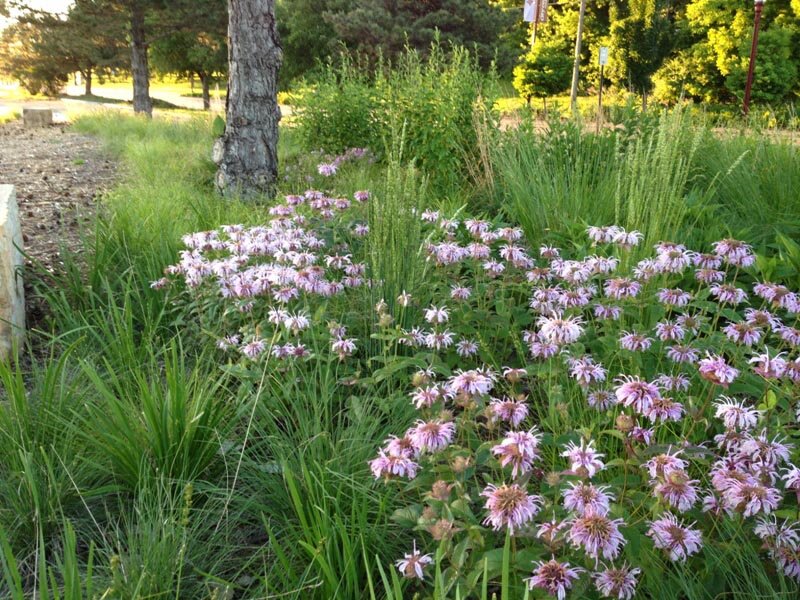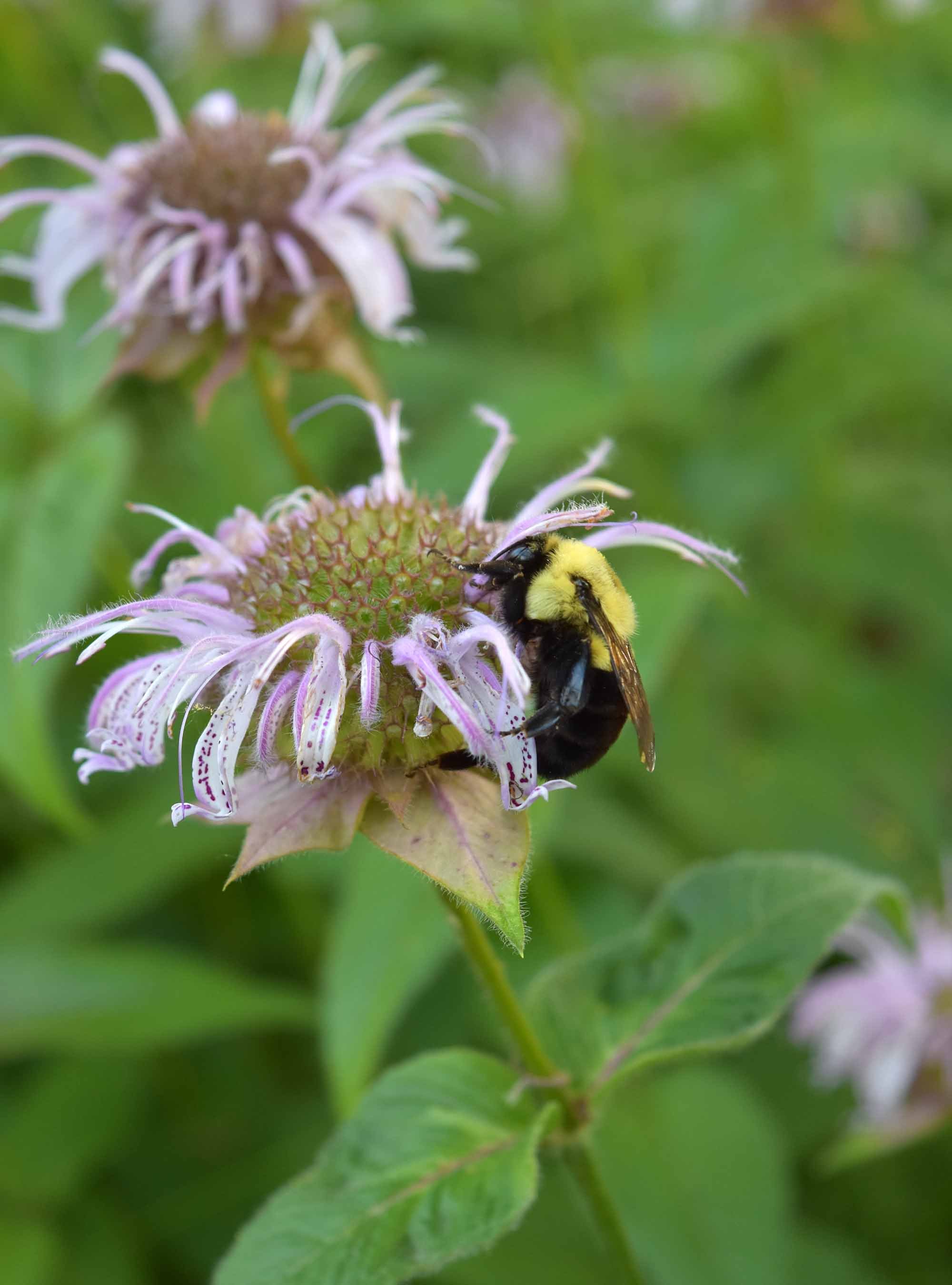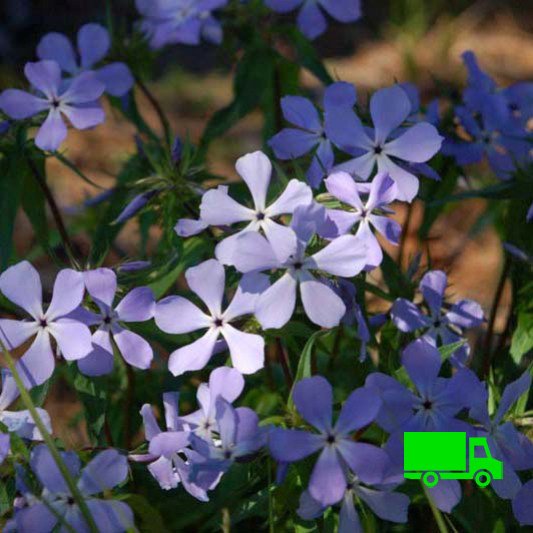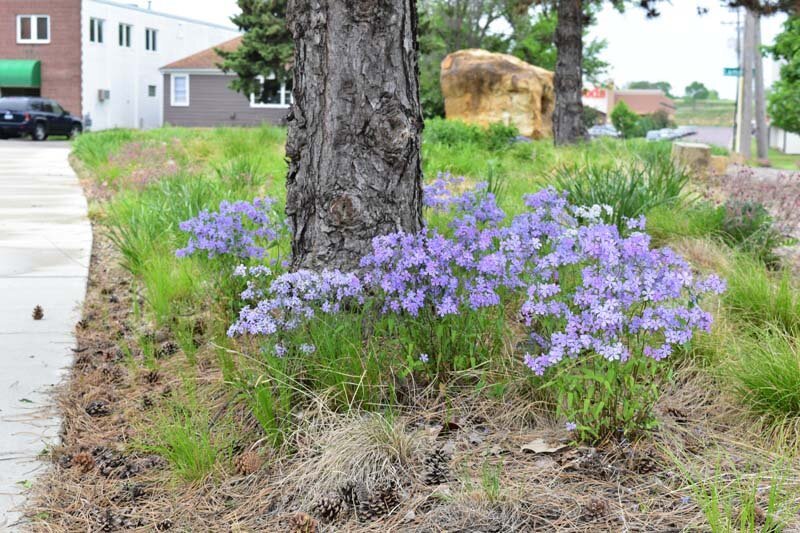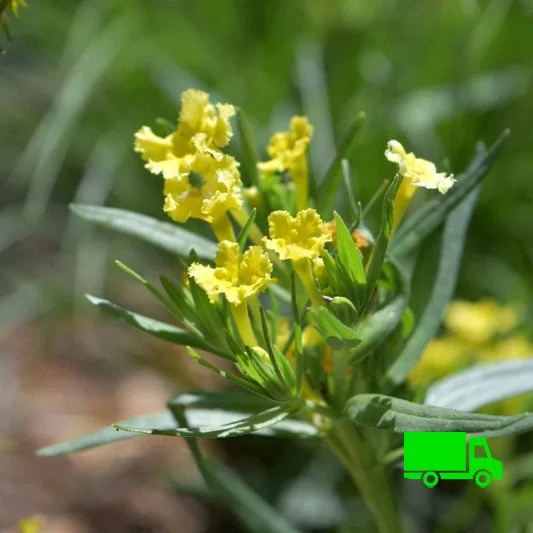 Image 1 of 14
Image 1 of 14

 Image 2 of 14
Image 2 of 14

 Image 3 of 14
Image 3 of 14

 Image 4 of 14
Image 4 of 14

 Image 5 of 14
Image 5 of 14

 Image 6 of 14
Image 6 of 14

 Image 7 of 14
Image 7 of 14

 Image 8 of 14
Image 8 of 14

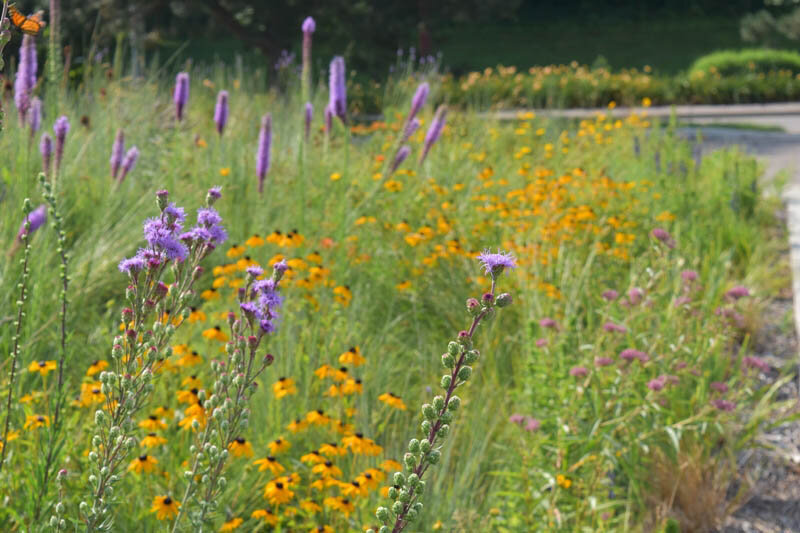 Image 9 of 14
Image 9 of 14

 Image 10 of 14
Image 10 of 14

 Image 11 of 14
Image 11 of 14

 Image 12 of 14
Image 12 of 14

 Image 13 of 14
Image 13 of 14

 Image 14 of 14
Image 14 of 14















Orange Coneflower (Rudbeckia fulgida) 3-pack of pots
Can’t be shipped.
Orange Coneflower—also known as Black Eyed Susan—is a favorite of perennial gardens for its large, deep green leaves and yellow-orange flowers. Orange Coneflower slowly spreads to form large clumps. It blooms later than most yellow flowers, making it a perfect companion for Blazing Stars, New England Aster and Bottle Gentian.
Also available in 12-packs of plugs here
Details
Perennial
Sun: Full Sun, Part Shade
Moisture: Medium-Dry, Medium, Medium-Wet
Height: 3 feet
Blooms: July, Aug, Sept
Color: Orange-Yellow
Spacing: 1-2′
Spreads: 6” a year by roots
Zones: 3-9
Benefits: Butterflies, Pollinators, Birds
Design Tips
We prefer Orange Coneflower (Rudbeckia fulgida) over the common Black Eyed Susan (Rudbeckia hirta) because common Black Eyed Susan is short-lived and spreads a lot by seeds, while Orange Coneflower it long-lived and stays in place. It spreads slowly by underground rhizomes (roots), creating thick mats of leaves and flowers. Plant with Meadow Blazing Star, New England Aster, or Bottle Gentian for a nice color combination in late summer.
Companion Plants
Blue Wild Indigo
Marsh Milkweed
Meadow Blazing Star
Prairie Blazing Star
Fox Sedge
New England Aster
Size: 3-pack of pots, each pot is 3" wide x 3" deep
These pots can’t be shipped — pickup only!
Can’t be shipped.
Orange Coneflower—also known as Black Eyed Susan—is a favorite of perennial gardens for its large, deep green leaves and yellow-orange flowers. Orange Coneflower slowly spreads to form large clumps. It blooms later than most yellow flowers, making it a perfect companion for Blazing Stars, New England Aster and Bottle Gentian.
Also available in 12-packs of plugs here
Details
Perennial
Sun: Full Sun, Part Shade
Moisture: Medium-Dry, Medium, Medium-Wet
Height: 3 feet
Blooms: July, Aug, Sept
Color: Orange-Yellow
Spacing: 1-2′
Spreads: 6” a year by roots
Zones: 3-9
Benefits: Butterflies, Pollinators, Birds
Design Tips
We prefer Orange Coneflower (Rudbeckia fulgida) over the common Black Eyed Susan (Rudbeckia hirta) because common Black Eyed Susan is short-lived and spreads a lot by seeds, while Orange Coneflower it long-lived and stays in place. It spreads slowly by underground rhizomes (roots), creating thick mats of leaves and flowers. Plant with Meadow Blazing Star, New England Aster, or Bottle Gentian for a nice color combination in late summer.
Companion Plants
Blue Wild Indigo
Marsh Milkweed
Meadow Blazing Star
Prairie Blazing Star
Fox Sedge
New England Aster










